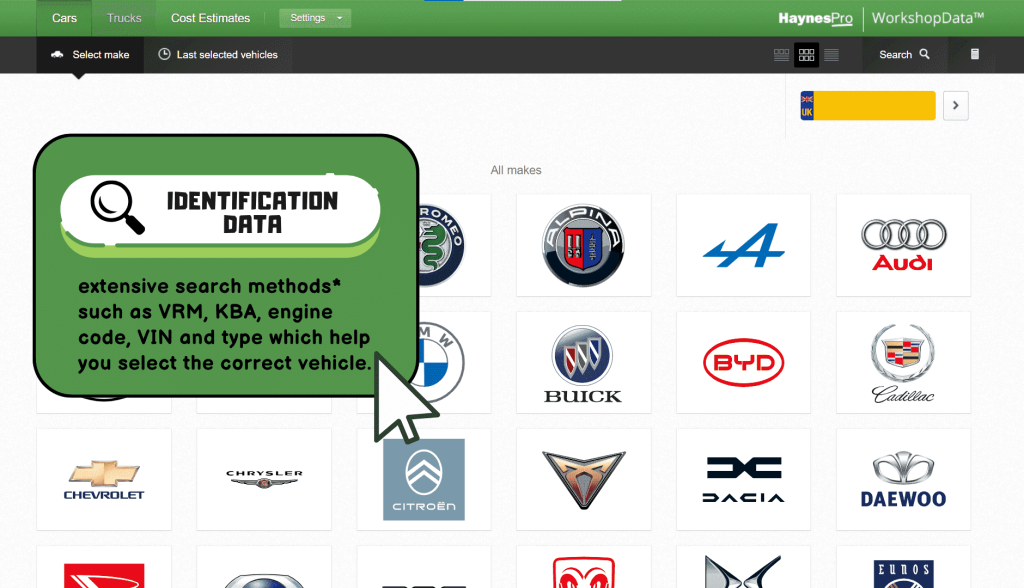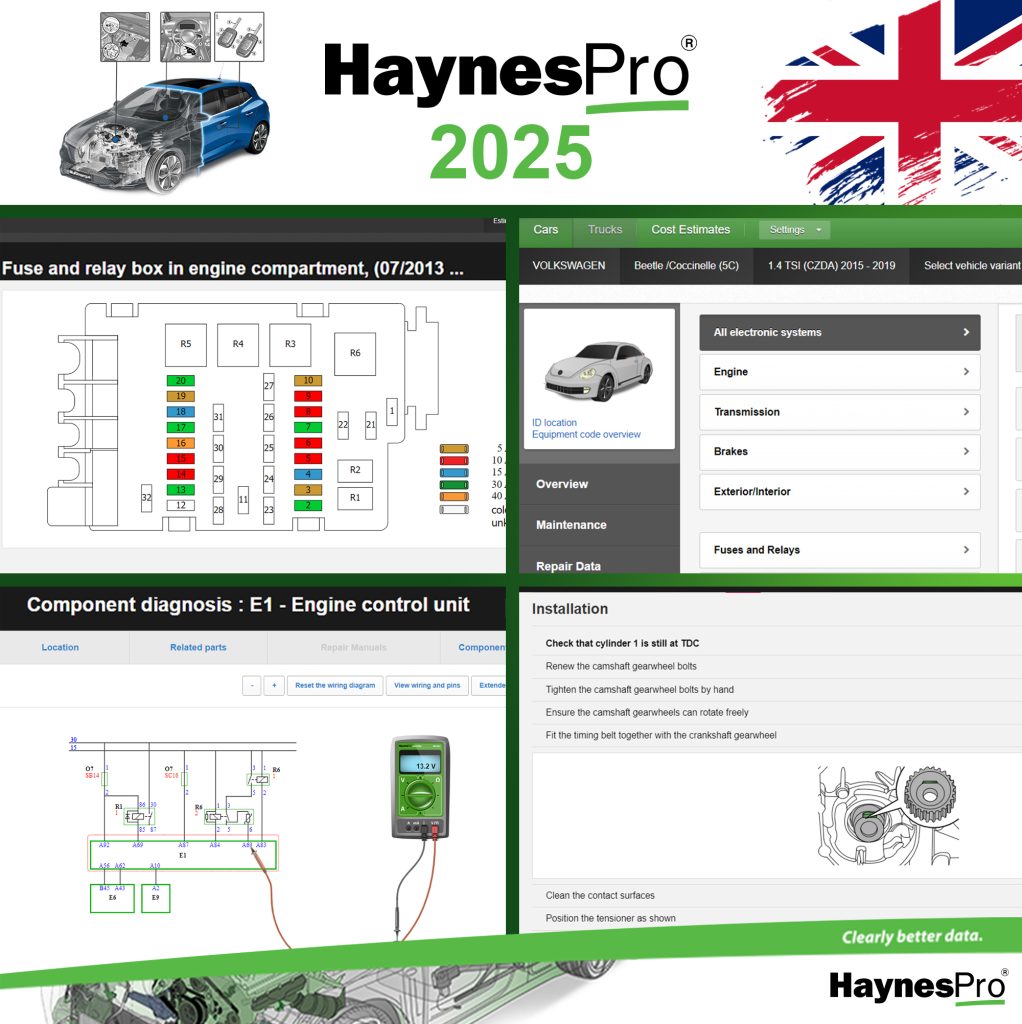As the global push for sustainability grows, hybrid vehicles have become a key solution for cleaner transportation. These innovative cars blend internal combustion engines (ICE) with electric propulsion, utilizing advanced technologies to improve fuel efficiency and reduce emissions. To fully understand hybrid systems—from mild hybrids to plug-in hybrids—it’s essential to examine their operational mechanisms and the benefits they offer. In this blog, we will explore the workings of hybrid cars, their various types, key efficiency technologies, and a balanced overview of their pros and cons. Whether you’re an automotive enthusiast or looking to make an informed vehicle choice, this guide will illuminate the role of hybrid cars in shaping the future of mobility.
Types of hybrid cars and how they work
Hybrid cars aren’t just about blending electric and gasoline power; they use complex systems to optimize efficiency, performance, and emissions. Understanding the technical aspects of the different types of hybrids—mild, full, and plug-in hybrids—can provide deeper insight into their advantages and limitations.
1. Mild Hybrid (MHEV)
A mild hybrid system is designed to assist the internal combustion engine (ICE) rather than power the vehicle independently. Here’s how it works:
- Electrical assistance: The electric motor in a mild hybrid primarily functions as a starter-generator. It assists the ICE during high-load situations, such as acceleration, where additional torque is needed. This reduces the load on the engine, improving fuel efficiency and reducing emissions, but the motor cannot drive the car independently.
- Battery system: The battery in a mild hybrid is typically smaller (48V systems are common) than in other hybrids. It’s recharged via regenerative braking, which captures kinetic energy when the vehicle slows down and stores it in the battery for later use.
- Engine shut-off and restart: Mild hybrids are often equipped with start-stop systems that automatically turn off the engine when idling (like at traffic lights), and the electric motor restarts it when needed. This leads to better fuel economy, especially in city driving scenarios.
In technical terms, a mild hybrid uses belt-integrated starter generators (BISG) or integrated motor-generator (IMG) systems to assist the engine. While they offer some efficiency gains, the lack of independent electric propulsion limits their overall impact on fuel savings.
2. Full Hybrid (FHEV)
Full hybrids offer much more sophisticated systems than mild hybrids. They can run on the ICE, electric motor, or a combination of both, depending on driving conditions. There are two configurations:
Parallel Hybrid
In this system, both the ICE and the electric motor can power the wheels directly, either together or separately. This is possible through a power-split transmission, which manages the blending of power sources.
- Power management: A planetary gearset is often used to combine power from the ICE and electric motor. The system uses complex algorithms to determine when to engage the electric motor (e.g., during low-speed driving) or the gasoline engine (e.g., at highway speeds where more power is needed).
- Electric-only mode: For short distances or at low speeds, the vehicle can run entirely on the electric motor, which provides a zero-emission driving experience. The battery pack in full hybrids is larger than that of mild hybrids, allowing for more substantial electric operation, but the range is still limited compared to plug-in hybrids.
- Energy recovery: Full hybrids also make use of regenerative braking, but to a greater extent than mild hybrids, since they have a larger battery that can store more recovered energy.
Series Hybrid
In this configuration, the ICE doesn’t directly power the wheels. Instead, it functions solely as a generator to charge the battery, which powers the electric motor. This arrangement is more common in hybrid buses or trucks, but can also be found in some passenger vehicles.
- Electric drive dominance: The electric motor is the primary propulsion source, while the engine works as a generator. This setup ensures efficient power delivery and maximizes electric usage in city driving, where stop-start traffic patterns are common.
- High-efficiency generator: The ICE in a series hybrid operates at its optimal RPM for generating electricity, leading to higher overall efficiency, since it doesn’t need to handle the direct load of driving the wheels.
3. Plug-in Hybrid (PHEV)
Plug-in hybrids provide even more versatility by offering a larger battery that can be recharged externally, allowing for extended electric-only driving. Here’s a breakdown of the PHEV system:
- Electric driving range: The electric motor and larger battery pack enable the car to drive substantial distances on electric power alone (commonly between 20 to 50 miles). This makes PHEVs ideal for those who commute short distances daily, as they can often use only electric power without tapping into the gasoline engine.
- Dual power modes: Once the battery’s charge is depleted, the vehicle automatically switches to the ICE, operating like a traditional hybrid. This seamless transition is managed by an advanced hybrid control unit (HCU), which decides the most efficient way to distribute power between the motor and the engine.
- Battery management system (BMS): PHEVs are equipped with sophisticated BMS that optimizes battery performance by regulating charging, discharging, and thermal management. Lithium-ion batteries are standard in PHEVs due to their high energy density and recharge efficiency, but managing the thermal properties of these batteries is critical to ensure longevity and performance.
- Charging flexibility: The ability to charge via an external source (either through a standard electrical outlet or a dedicated home charger) adds significant convenience and cost savings, especially in regions with low electricity costs. PHEVs typically use a Level 1 (120V) or Level 2 (240V) charger for home charging, with DC fast charging being available in some newer models.
Key technologies enabling hybrid efficiency
- Regenerative braking:
This system converts kinetic energy from braking into electrical energy, which is stored in the battery. In mild and full hybrids, this reduces reliance on the ICE for energy generation. The energy recovered through regenerative braking can improve overall fuel efficiency by up to 10-20%.
- Power-split devices:
Full hybrids use power-split transmissions to seamlessly blend electric and gasoline power. A common design uses a planetary gearset to distribute power between the electric motor and ICE, optimizing efficiency based on speed and demand.
- Inverter and converter systems:
Both full hybrids and PHEVs use inverters to convert direct current (DC) from the battery to alternating current (AC) for the electric motor. DC-DC converters are also used to step down high-voltage electricity from the battery to power onboard electronics, such as lights and infotainment systems.
- Advanced control systems:
Hybrid cars rely on energy management systems that continuously monitor and control how the vehicle uses gasoline and electric power. These systems are critical in optimizing energy usage, ensuring seamless transitions between electric and gasoline modes, and managing the overall efficiency of the hybrid system.
Pros of hybrid cars
Hybrid cars offer numerous advantages for both drivers and the environment. Here are the key benefits:
- Lower emissions
Hybrid cars significantly reduce tailpipe emissions compared to conventional gasoline-powered vehicles. Traditional cars emit large quantities of carbon dioxide, methane, and nitrous oxide, all of which contribute to global warming. Hybrid vehicles, thanks to their use of electric power, emit far fewer pollutants, helping to reduce overall greenhouse gas emissions.
Test results vary, but the average petrol or diesel car emits between 39 and 41 tonnes of CO2 in its lifetime. Hybrids typically emit approximately 33 tonnes.
- Reduced fuel consumption
Hybrids are designed to maximize fuel efficiency compared to conventional gasoline vehicles, leading to lower fuel costs for drivers. Their ability to utilize electric power, particularly in city driving conditions, allows for a more efficient use of energy. This means that drivers can go longer distances between refuels, resulting in a more economical and convenient driving experience.
- Less maintenance
Hybrid cars often require less maintenance than traditional vehicles. Since hybrids rely on their electric motor at low speeds, the internal combustion engine experiences less wear and tear. This can reduce the frequency of oil changes, coolant flushes, and other maintenance services. The regenerative braking system also reduces strain on the brake pads, extending their lifespan.
- Less reliance on charging points
Unlike fully electric vehicles, hybrid cars eliminate the fear of running out of power. When the electric battery depletes, hybrids can switch seamlessly to the gasoline engine, ensuring that drivers can continue their journey without needing to find a charging station. This is especially useful in areas with limited charging infrastructure.
Cons of hybrid cars
While hybrid cars have many advantages, there are also some downsides to consider:
- Higher purchase cost
Hybrid vehicles typically come with a higher upfront price than conventional cars, mainly because of their advanced engineering and dual power systems. This reflects the complexity of the technology used to boost efficiency and lower emissions. While these cars can lead to savings in the long run, the higher initial cost remains a key consideration for potential buyers.
- Higher maintenance costs for specific components
While hybrid vehicles typically require less frequent maintenance compared to conventional cars, certain components—such as the hybrid battery—can incur significant repair or replacement costs if needed. These batteries are usually covered by warranties that last several years, providing peace of mind for owners. However, once the warranty expires, the potential for replacement can be a factor to consider when evaluating long-term ownership.
- Less horsepower
Hybrids prioritize fuel efficiency over performance, which means they may offer less horsepower and lower acceleration than conventional gasoline vehicles. This is due to the smaller gasoline engine that is often combined with the electric motor to optimize fuel consumption.
- Environmental impact varies
While hybrid cars are more environmentally friendly than gasoline vehicles, their environmental benefits depend on how they are used. If a hybrid relies more on gasoline than electricity, its emissions will increase. Moreover, the environmental impact of the electricity used to charge the vehicle depends on the source—whether it’s clean energy like wind and solar or fossil fuels like coal and natural gas.
Conclusion : The growing appeal of hybrid cars
Hybrid cars are an increasingly popular choice for drivers looking to balance fuel efficiency, environmental responsibility, and convenience. By combining traditional internal combustion engines with electric power, they offer the best of both worlds—lower emissions, better fuel economy, and the flexibility to switch between power sources depending on the situation. However, they also come with some drawbacks, including higher upfront costs and occasional specialized maintenance.
As technology continues to advance and the world moves towards greener transportation, hybrid cars represent a significant step forward in reducing fuel consumption and environmental impact. Whether you’re concerned about emissions, fuel savings, or simply want a smoother driving experience, hybrid cars present a smart alternative to conventional vehicles, making them a viable option for a wide range of drivers.
For automotive professionals, understanding the intricacies of hybrid technology is essential for optimizing vehicle management and sustainability. HaynesPro provides a comprehensive platform that features an extensive database of technical information, repair procedures, and diagnostic tools suitable for a wide range of vehicles. This resource empowers professionals to keep pace with advancements in hybrid technology, equipping them with the knowledge needed to make informed decisions and enhance their service offerings.
To experience how HaynesPro can elevate your automotive repair processes, click here to take advantage of a 7-day free trial.
Sources :
https://blog.halfords.com/what-are-hybrid-cars-and-how-do-they-work/
https://www.caranddriver.com/features/a26390899/what-is-hybrid-car
https://afdc.energy.gov/vehicles/how-do-hybrid-electric-cars-work








